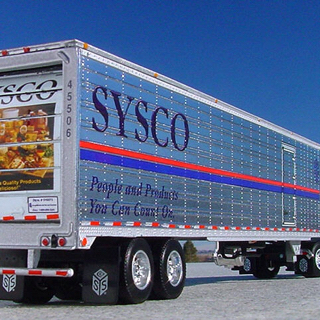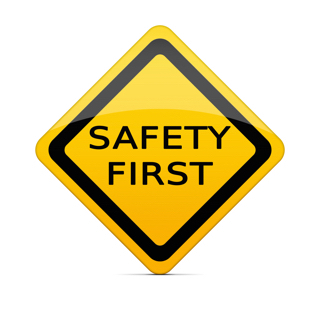Information
-
Name
-
Select date
-
Reason for Observation
-
Department
-
Load Number
-
Start Time - Stop Time
-
Percentage
-
Pieces
-
Number of Stops
-
Cube
-
Door Number
Safety
-
Proper pre-trip
-
Keeps all body parts within the equipment
-
Four points of contact with machine
-
Looks in the direction of travel before moving one inch
-
Travels with the base of the machine first
-
Sounds horn and makes eye contact when approaching anyone
-
Uses the S.L.Y. method - Slow down, Lay on the horn and Yield - At doorways, curtains and corners
-
Proper lifting techniques
-
Aware of surroundings at all times
-
Sounds horn and yields while entering the dock area and exiting a trailer
-
Maintains a safe following distance while following other equipment
-
Complete stop before dismounting
-
Three bays away from forklift operator making a drop
-
Does not step on pallets or forks of machine
-
Does not walk in front of moving jack
-
Knows work rule 1-18 - Accident, injury and incident reporting
Loading Methods
-
Loader arrives for work on time dressed in proper clothing for all areas
-
Employee participates in pre-shift stretch
-
Loader obtains SLS equipment
-
Walk to jack, scan equipment ID, inspect, key-in equipment safety inspection results and mount
-
Prior to commencing loading trailers, loader verifies work assignment with supervisor (if any)
-
Loader reads and follows SLS message screen instructions from supervisor (if any)
-
Loader views and advances the SLS screen noting "number of pallets by batch", "total pallets", "total cube"
-
Loader arrives at work station and takes first routes goes to assigned doors and begins loading
-
Open dock door, open trailer door, activate safety hook, activate dock plate
-
Trailer stripped
-
Trailer washed
-
Empties trailer of any leftover empty pallets or ice cream totes - Transports them to the appropriate area
-
Reads load sheet and looks over load area
-
Loader scans SLS screen for first/next pallet to load - Lowest stop number on right hand side of trailer with high stops on left hand side - Keeping in mind balance of load
-
Loader scans float label of pallet to be loaded - Verifies product on pallet matches float label and scans trailer barcode - All hand stacked/merged pallets are to be scanned into the trailer
-
Loader is to obtain all product from staged locations near the door being worked - Loader may have to go to the fresh meat receiving area to pick up cross-dock items
-
Loader is to strap ALL pallets over 40 cubes (half a pallet) - Loader is careful not to strap pallets to tight damaging product - Looking for product like bread, eggs, foam cups, etc - Last pallet on both sides MUST be strapped
-
An insulation wall (bulkhead) shall be installed between the freezer pallets and the rest of the trailer - Absolutely no frozen on rear of the trailer - All frozen is to be bulk-headed
-
Absolutely no protein shall be loaded on top of another pallet. (fresh fish, poultry, beef, pork) - Special handling is required when dealing with fresh fish ensuring Styrofoam is not damaged - If Styrofoam is damaged call a supervisor
-
Split orders should be loaded on the back of the trailer
-
All cooler pallets are to be covered with a pallet blanket before being loaded - If the blanket is not spread out over the pallet call for supervisor or spread them out
-
Partial, small cube and/or few piece pallets may need to be combined onto another pallet - All pallet labels must be scanned to the trailer
-
If pallets are emptied after hand stacking, transport the pallets to the empty pallet location in one trip and drop them to the empty pallet staging area
-
A hand or electric pallet jack is loaded under the last pallet every load when specified
-
Damaged product is immediately brought to a supervisor's attention
-
Irregular and unusual occurrences that affect the overall load quality should be brought to a supervisors attention in a timely manor
-
When finished loading a trailer the loader retracts the dock plate, closes the dock door, keys-in any required SLS info still outstanding and goes to the work station to pick up next load sheet - Loader is to fill out required info on bottom of load sheet (trailer # pallet jack, and initials)
-
Loader takes only allocated time for breaks and lunches - The loader is to always work on at least two routes at once
-
Works at a reasonable pace at all times. If the loaders hours are almost up, he/she must pick up his/her next route and complete it
-
If the loader has no pallets at his/her doors he/she must see a supervisor
Pciture of Load
-
Add media
Evaluation
-
Associate exhibited a positive and safe attitude during the observation
-
Comments
-
Employee Signature
-
Supervisor Signature








